-
Posts
7,024 -
Joined
-
Last visited
-
Days Won
54
Content Type
Profiles
Forums
Gallery
Downloads
Blogs
Events
Store
Aircraft
Resources
Tutorials
Articles
Classifieds
Movies
Books
Community Map
Quizzes
Posts posted by red750
-
-
-
-
The Vickers Windsor was a Second World War British four-engine heavy bomber, designed by Barnes Wallis and Rex Pierson at the Vickers-Armstrongs factory at Brooklands.

Only three examples (the original plus successive prototypes known as Type 457 and Type 461) were built. This was due to refinements in the existing Lancaster bomber, rendering it suitable for the role for which the Windsor had been designed. The first prototype flew on 23 October 1943, the second on 15 February 1944, and the third on 11 July 1944. All three were built at Vickers' secret dispersed Foxwarren Experimental Department between Brooklands and nearby Cobham. The two latter prototypes were tested until the end of the Second World War, when further development and production were cancelled.
-
 1
1
-
 1
1
-
-
Picture or video, Walrus?
-
Don't forget the chocks...

-
 1
1
-
 2
2
-
-
Victa R-101 Gyroplane
In addition to its develoment of the Airtourer, Victa Consolidated Industries also wanted to produce a light, all-metal rotary-wing aircraft hopefully for both civilian and military use. The prototype of this venture had its first flight in May 1962. It featured a tricycle undercarriage, twin-fin tail unit and a two-blade main rotor with a pusher propeller driven by a 180hp Lycoming engine.
Greg Banfield's shot (below) was taken in the Bankstown hangar in February 1965. The autogyro was designed by John Blackler and known variously as the R-101 and Project 67. When the company abandoned aviation work in 1966 due to financial constraints, development of the Gyroplane ceased.
AESL in New Zealand, who took over Airtourer production, elected not to go ahead with furthering the cause of this promisingly little craft. It is now preserved at the Camden Museum of Aviation in New South Wales.
Above text and image from edcoatescollection.com
-
 1
1
-
-
A homebuilt light aircraft, designed to fly at "2 metres above the water at 120 kph" has crashed in Lancelin Bay, WA.
Two people on the plane – the pilot and a passenger. Both sustained minor injuries and were assessed by paramedics at the scene.

-
-
-
So long as you see it. If it is moving up, down, left or right in your windscreen, you will miss it. If it remains fixed, you'll likely hit it if you don't take corrective action. Only came close once, at Moorabbin. Both aircraft turning onto base for rwy 35, one on 35L for full stop, one on 35R for touch and go.
-
 2
2
-
-
-
Interesting reading those two reports linked in Onetrack's post that both engine failures occurred passing through 12,500 ft.
-
 1
1
-
-
A skydiving plane with 17 persons on board has crashed near Geelong this morning. Two people treated for non-life threatening injuries. Limited info, but from the chopper video, it appears that the engine of the blue high winged aircraft had almost been ripped off. Could not identify aircraft type.
-
Seven news advises pilot deceased.
Jabiru 160 according to https://aviation-safety.net/wikibase/346980
-
-
Aviation Safety Network lists itm as Cessna 172M VH-JUA. See above.
-
On 13/10/2023 at 9:33 PM, Jabiru7252 said:
It was quite high and using binoculars didn't help identify it.
You couldn't identify it, so it was an Unidentified Flying Object, no?

-
 1
1
-
-
A report in the Daily Mail states that a light aircraft has crashed at Tygalgah NSW. The report states the pilot was rushed to hospital with minor injuries. The accompanying photo shows an airborne Cessna 210 Centuion with New Zealand registration, so this is likely a stock photo.
-
 1
1
-
-
The Caproni Ca.90 was a prototype Italian heavy bomber designed and built by Caproni. When it first flew in 1929, it was the largest land-based aircraft in the world.
A six-engined inverted sesquiplane, (lower wing longer than the upper wing), the Caproni Ca.90 was designed as a heavy bomber and first flew in 1929. It had two tandem pairs of 1,000 hp (746 kW) Isotta Fraschini Asso 1000 W-18 piston engines mounted above the lower wing, each pair driving a four-bladed pusher and a two-bladed tractor propeller. Another pair of engines was mounted above the fuselage. Only one Ca.90 was built.
Length: 26.95 m (88 ft 5 in)
Upper wingspan: 34.90 m (114 ft 6 in)
Lower wingspan: 46.60 m (152 ft 11 in)
Height: 10.80 m (35 ft 5 in)
Wing area: 496.60 m2 (5,345.4 sq ft)
Empty weight: 15,000 kg (33,069 lb)Max takeoff weight: 30,000 kg (66,139 lb)


-
 1
1
-
 1
1
-
-
-
-
Check out this link. Scroll down to the text and read the aircraft generic version.
-
Farman F.4X F-AHAF
-
 1
1
-
-





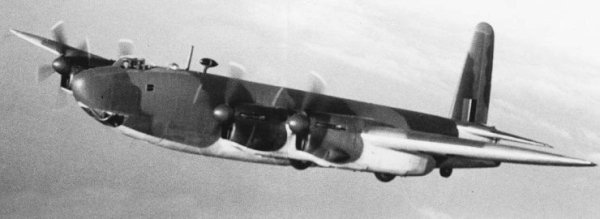
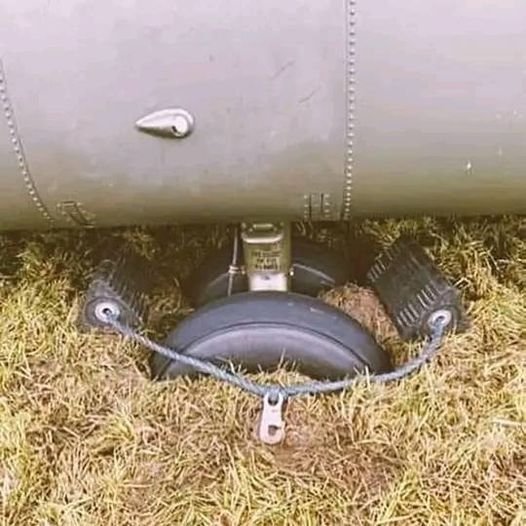
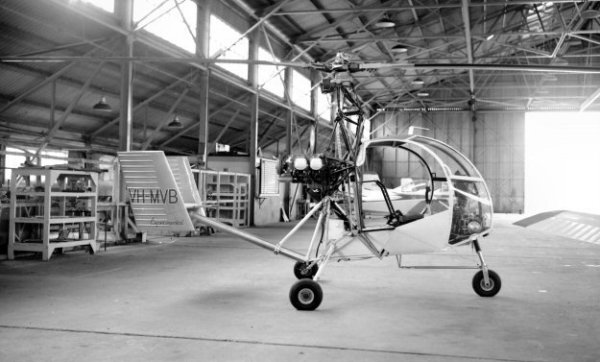
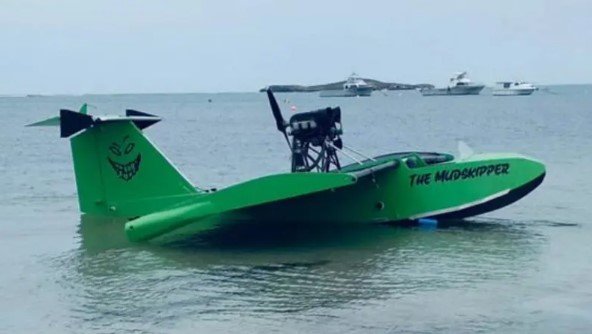




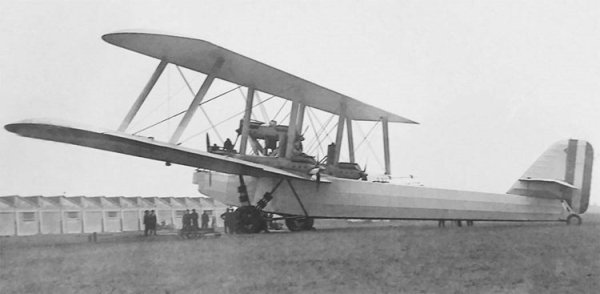
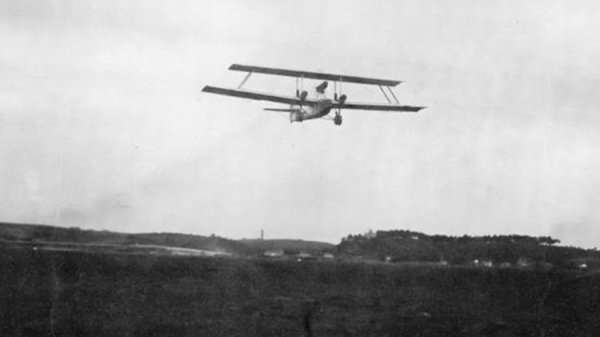


Silly aviation pictures.
in Aviation Laughter
Posted
Rutan Varieze. Rudolph is getting a bit old and slow.